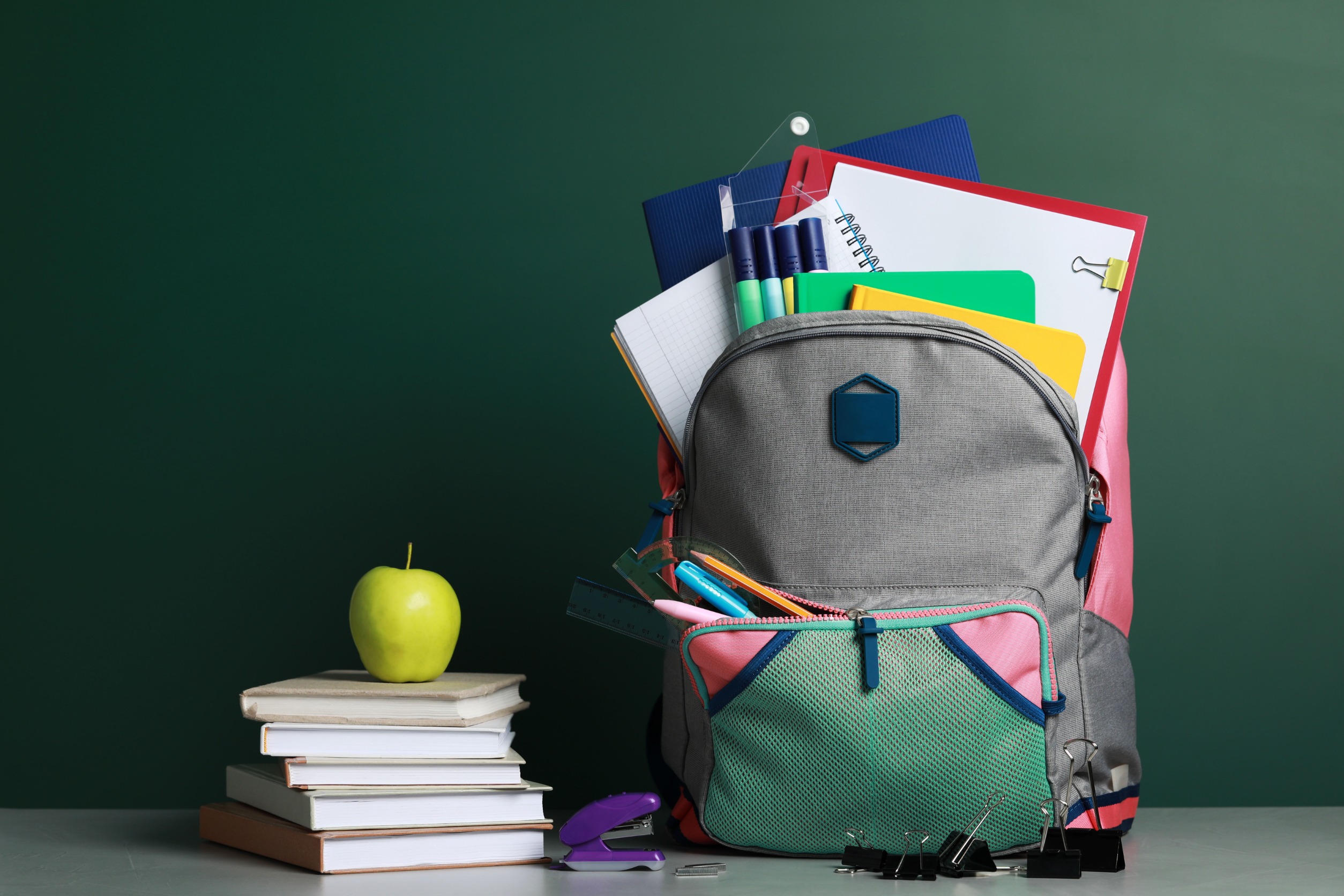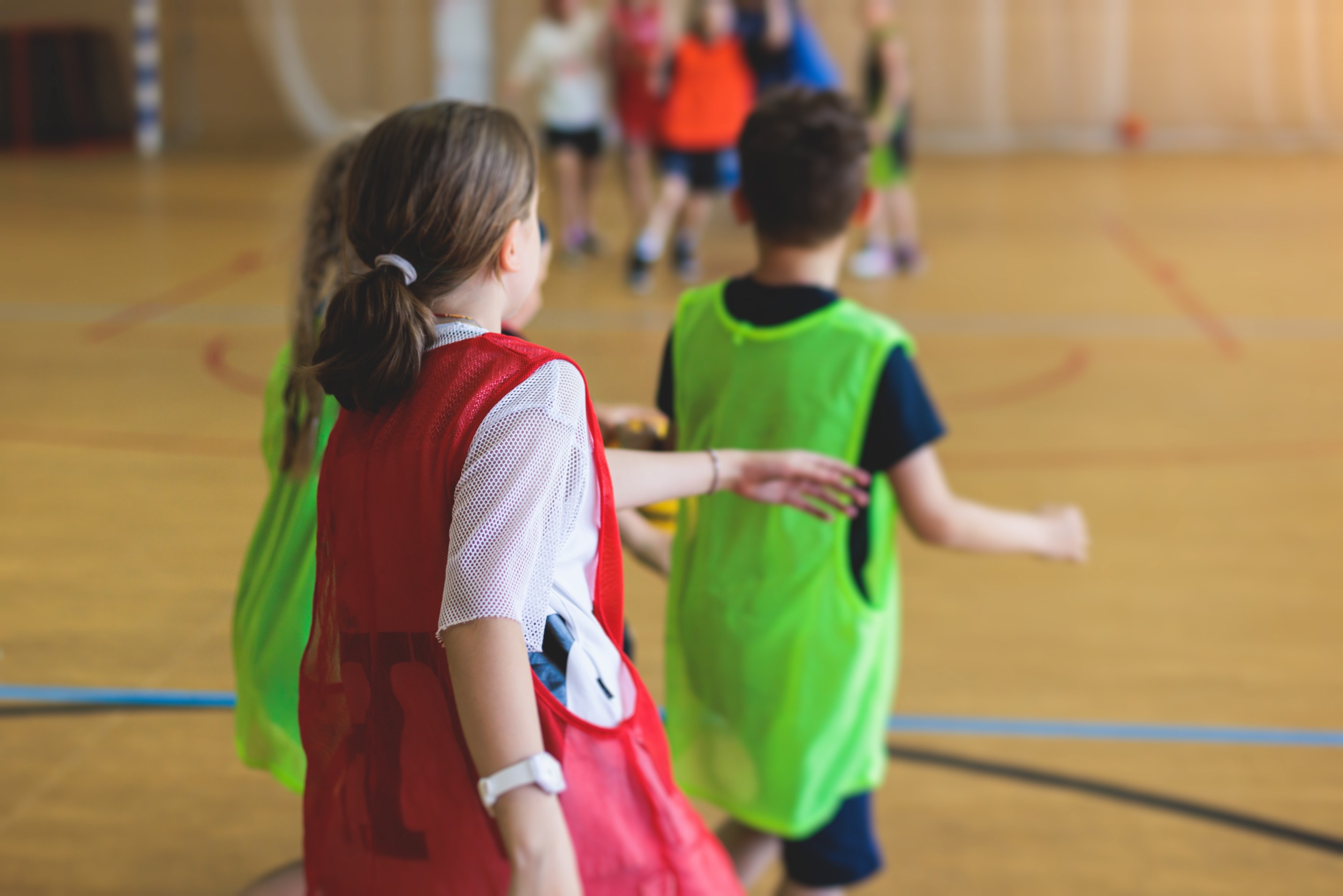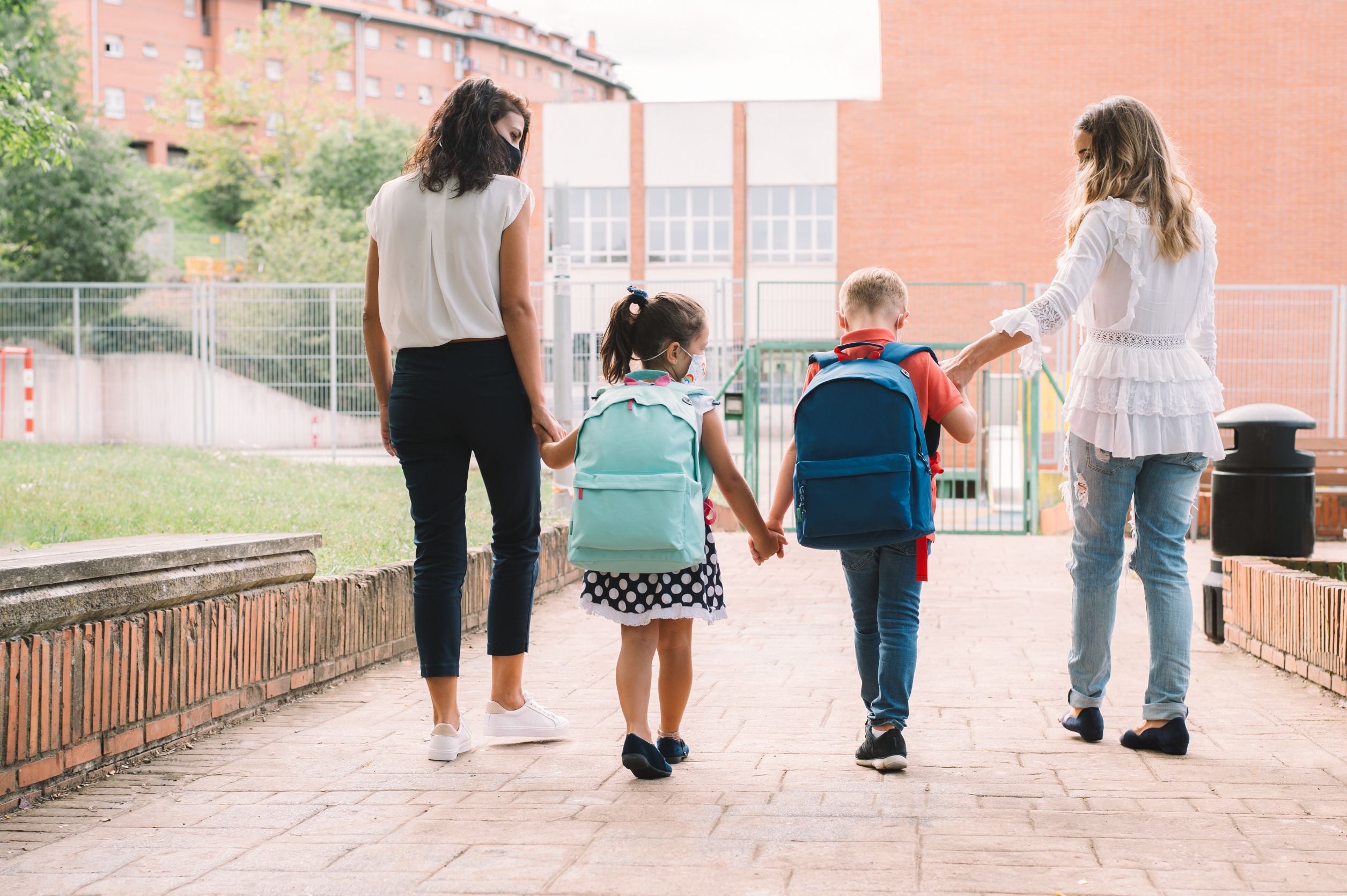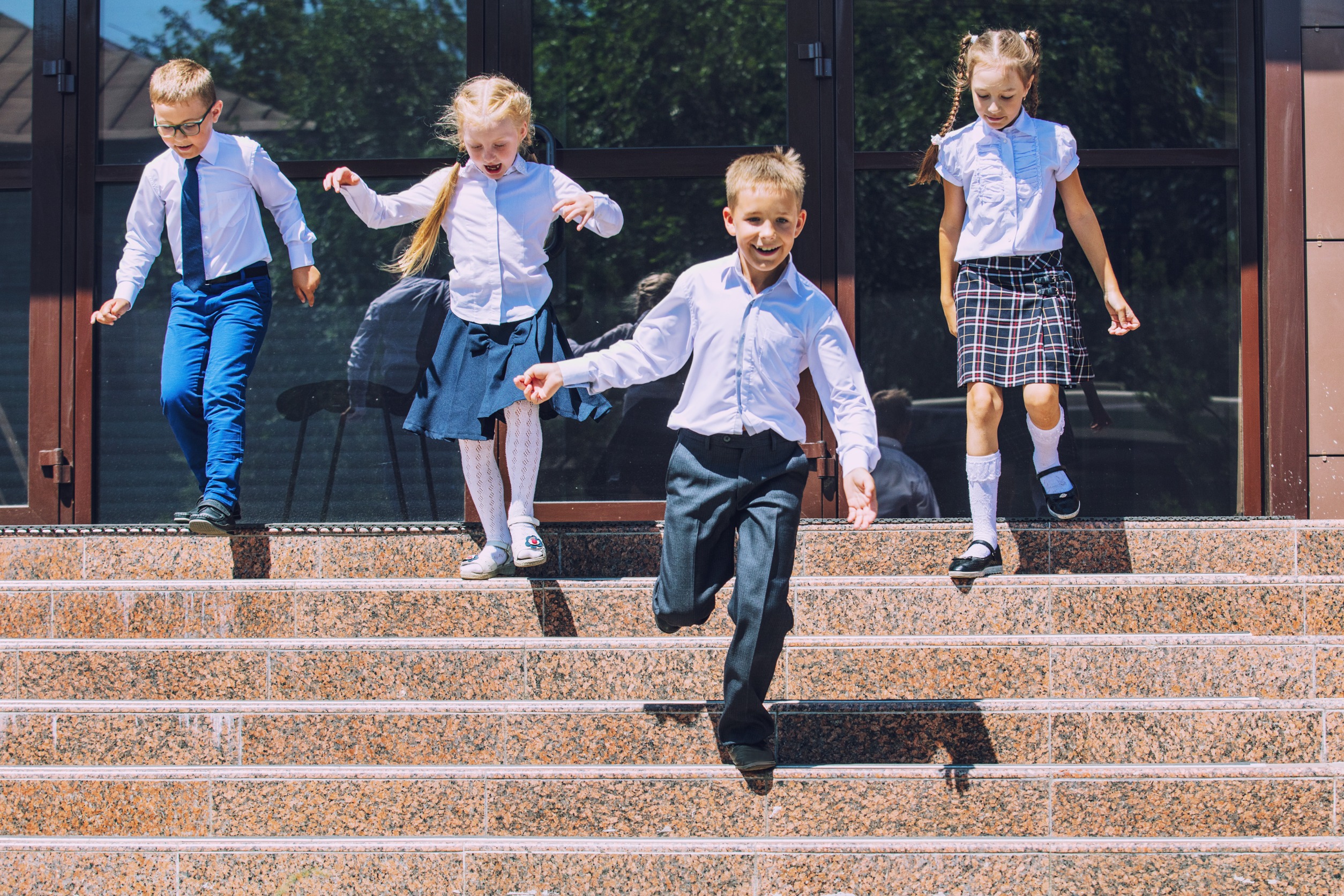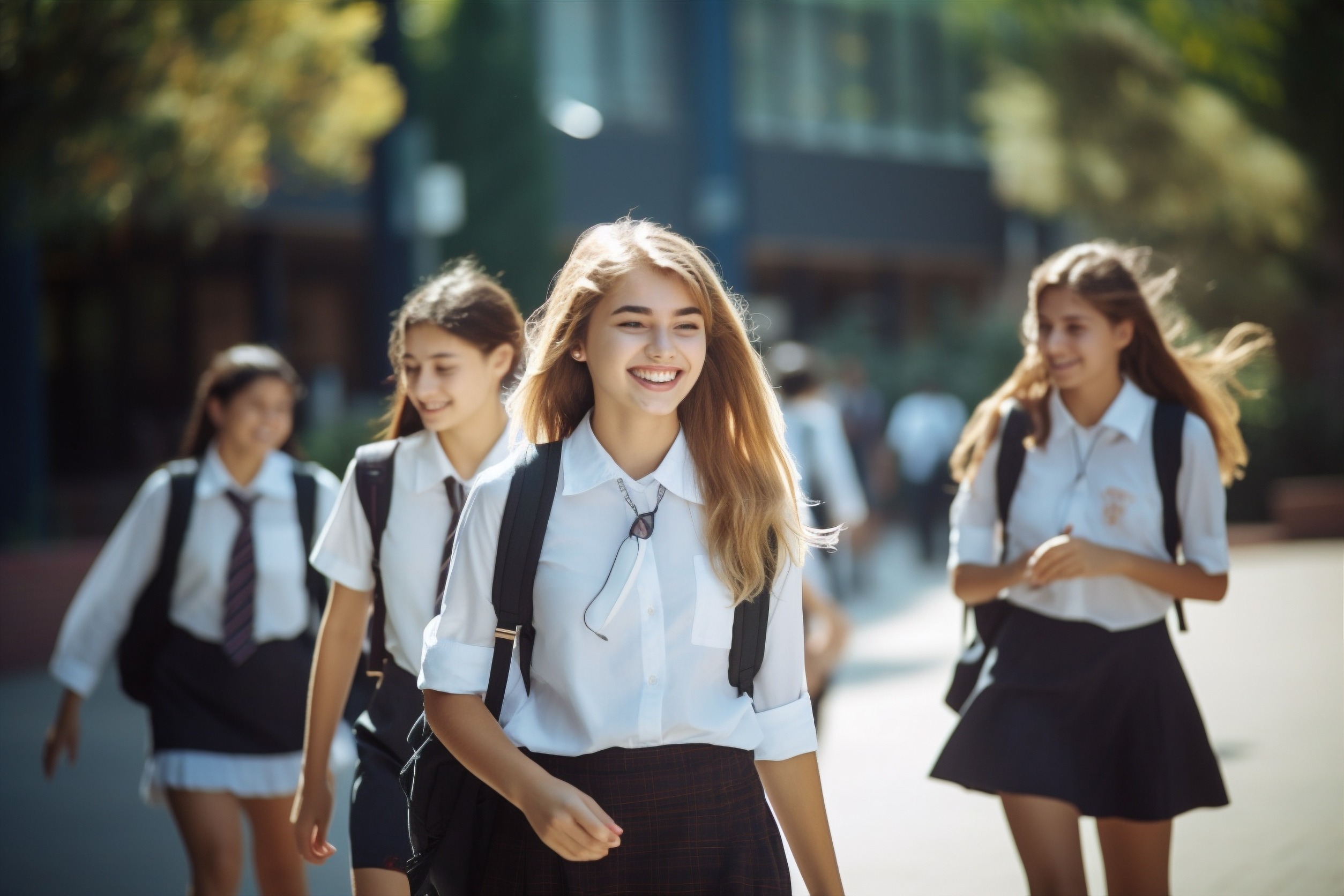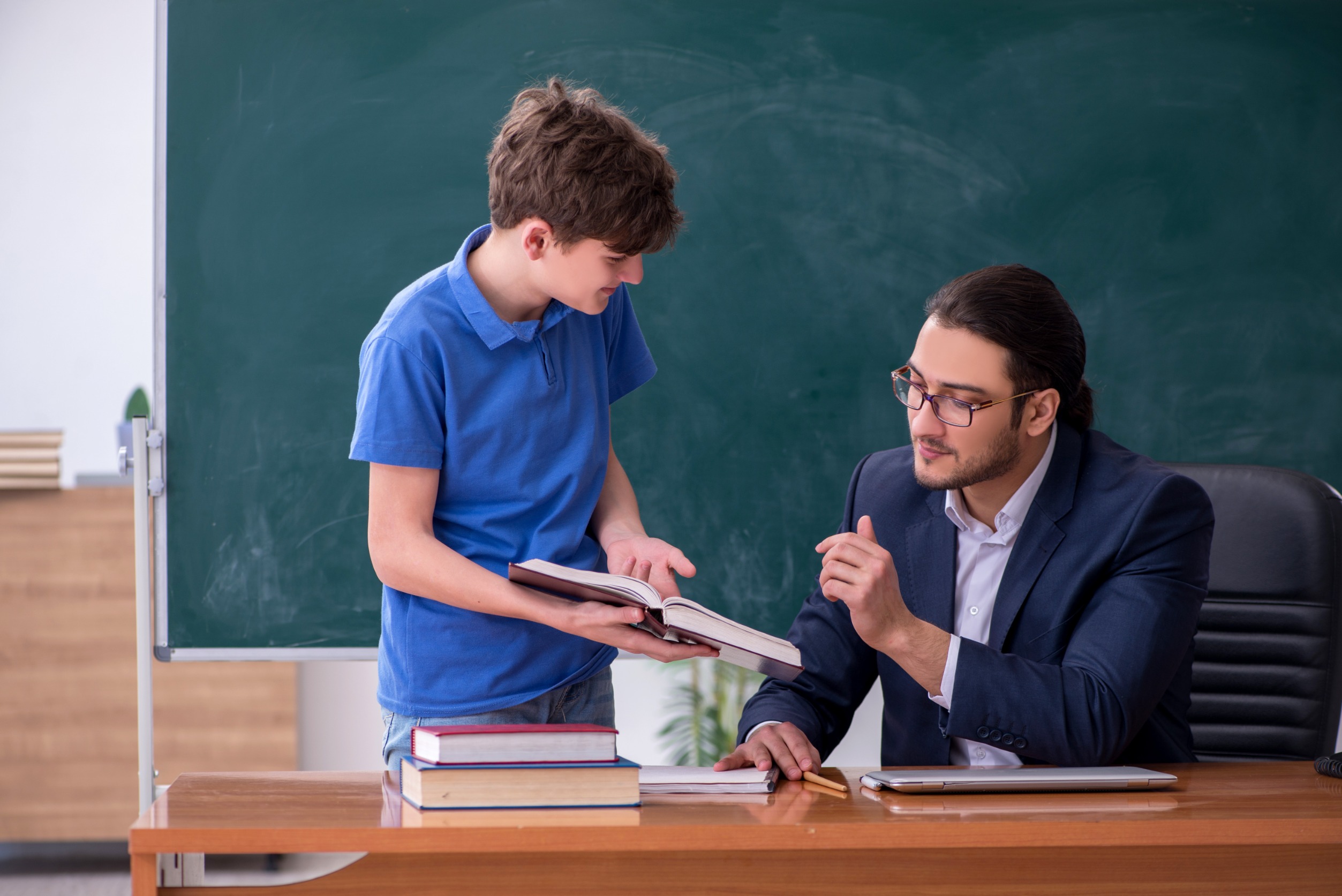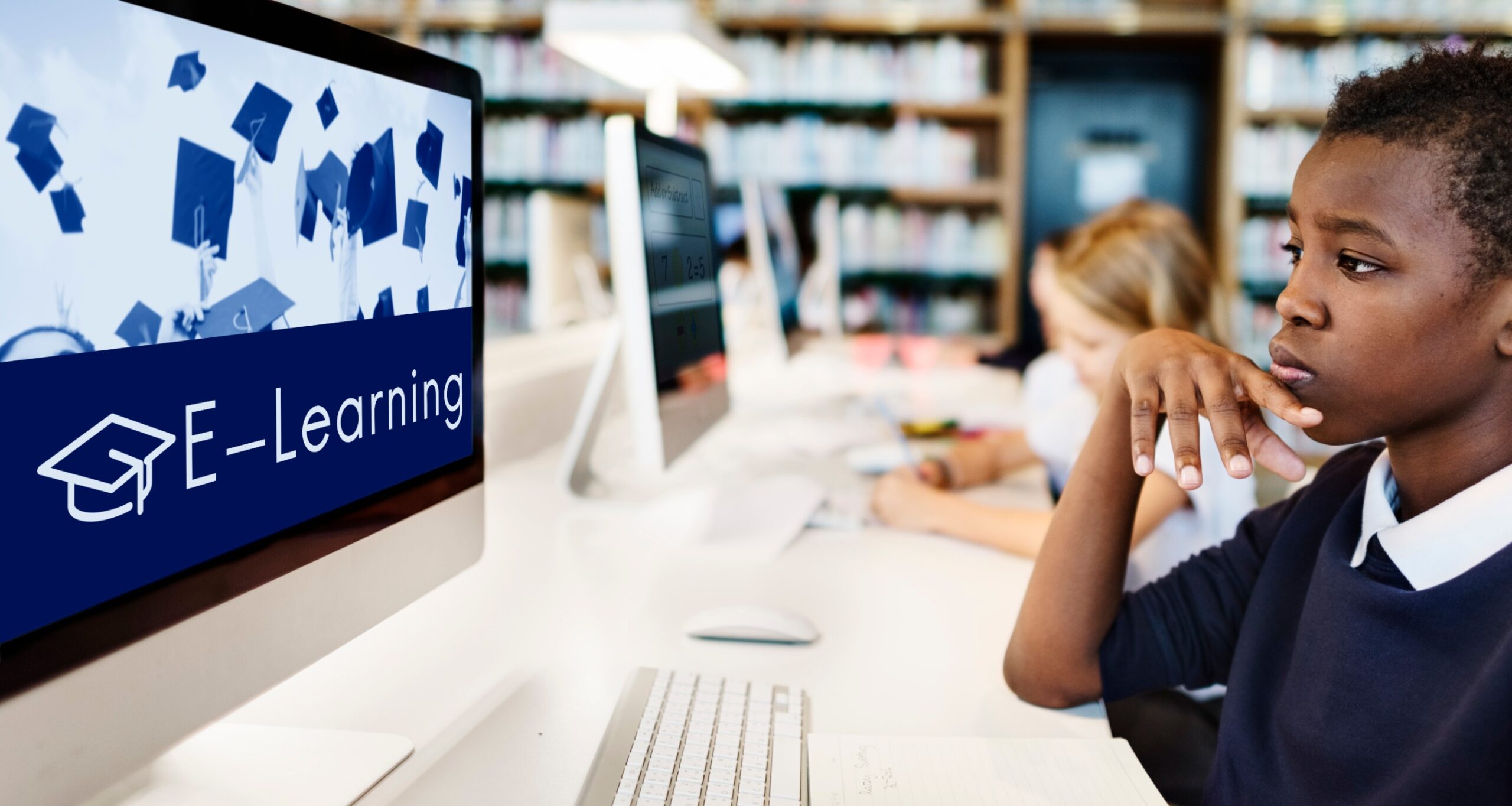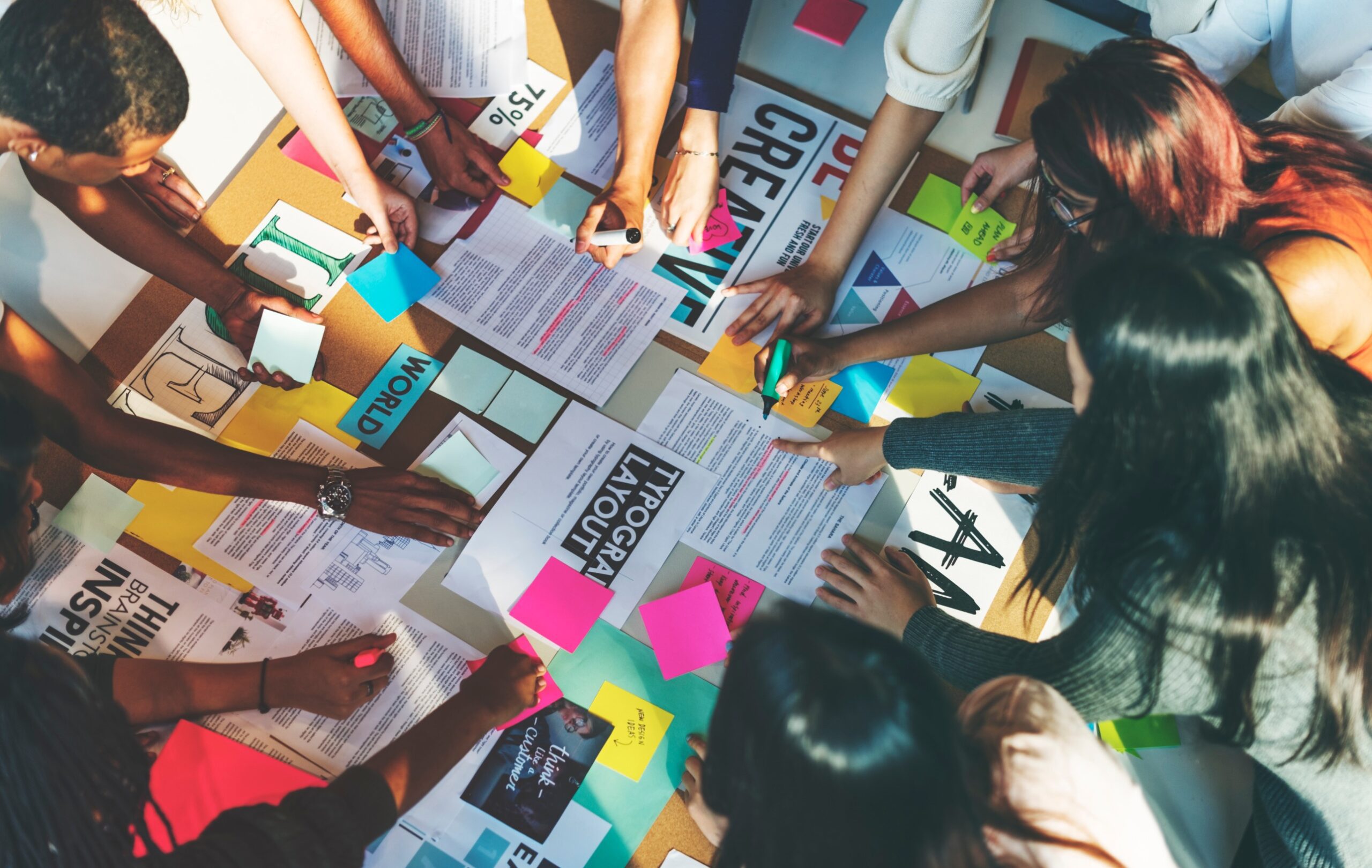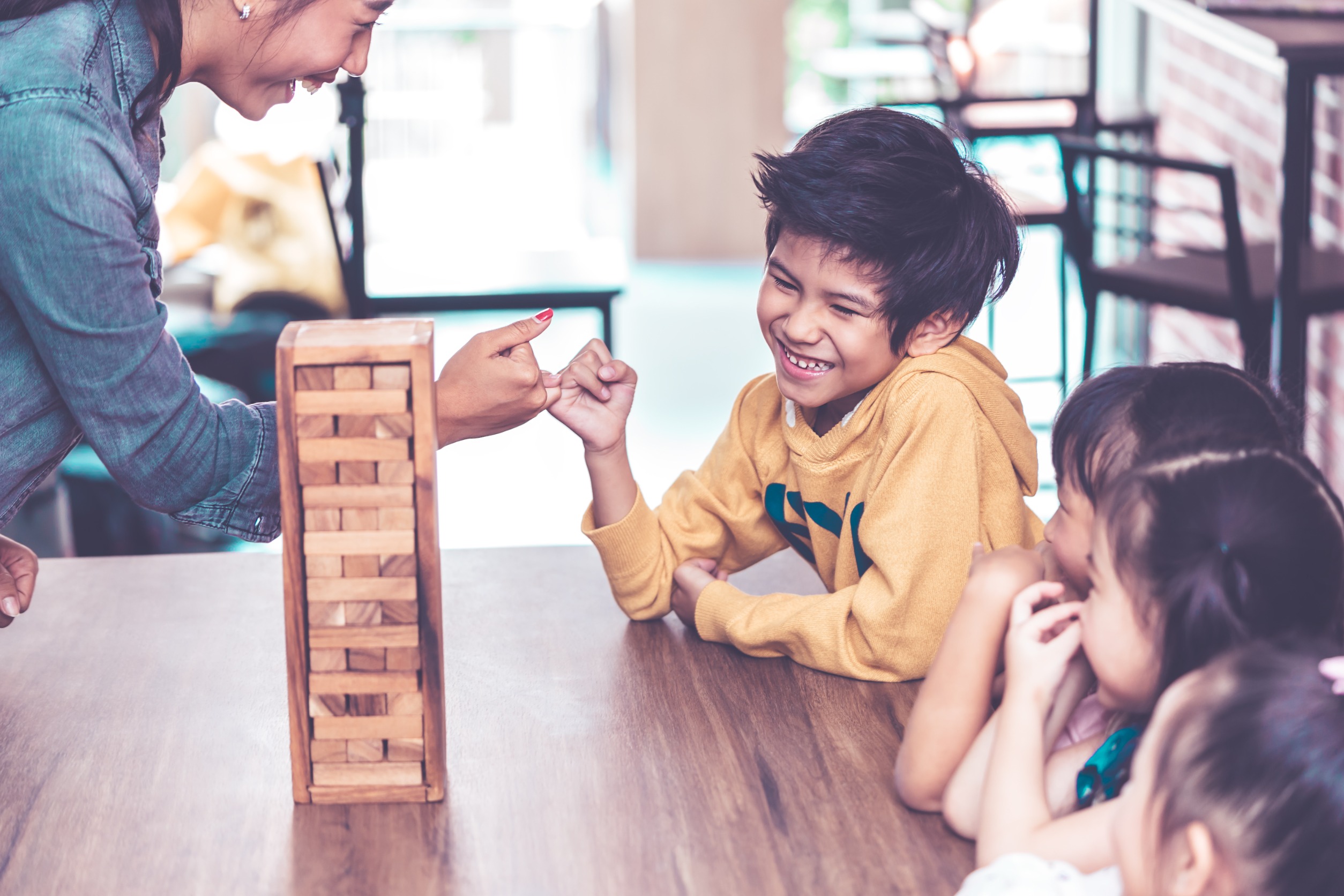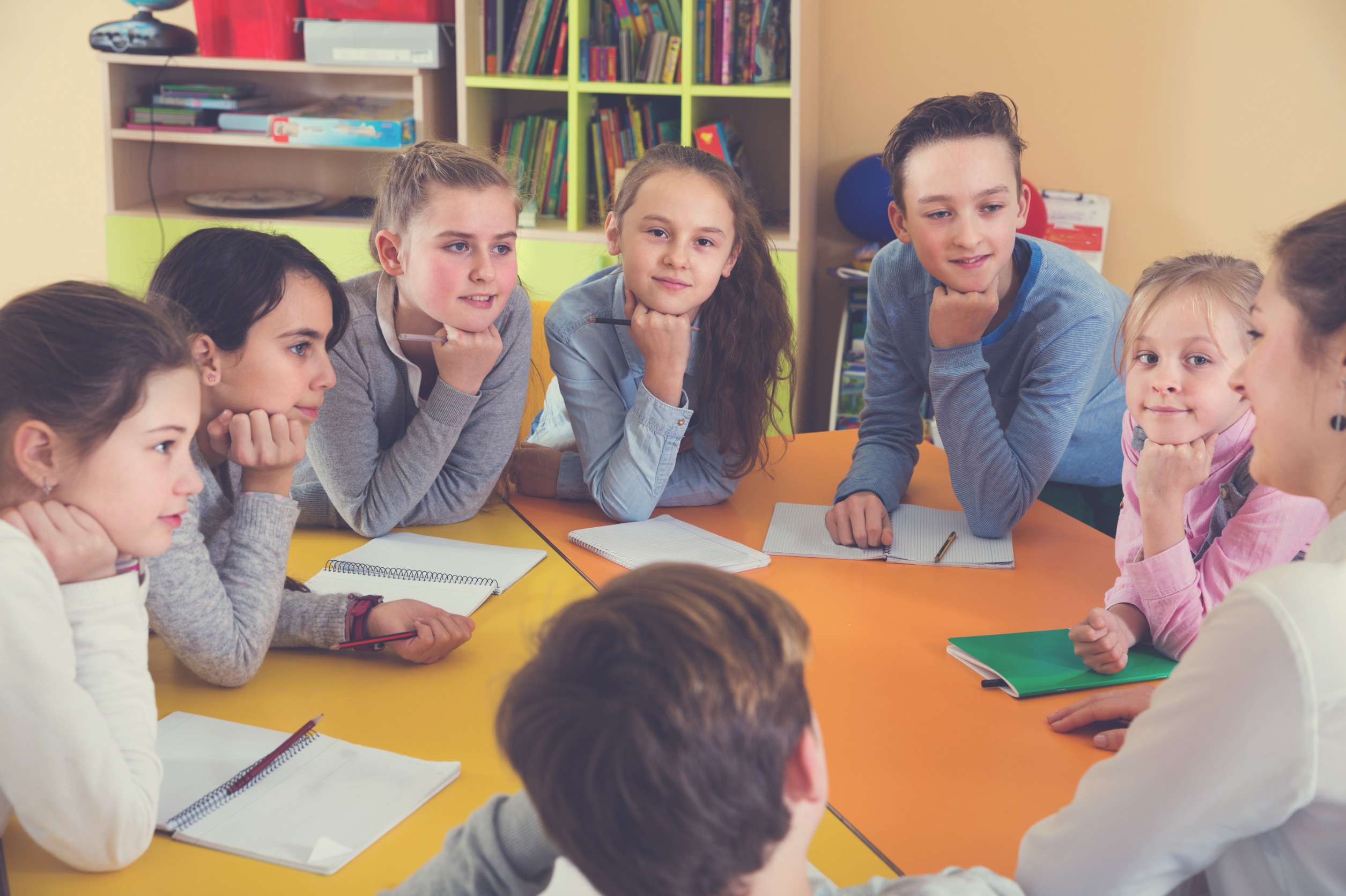Back-to-school season can be a time of excitement and anxiety for both kids and parents. While kids look forward to seeing friends and teachers again, there is often stress around the cost of school supplies.
This is where free school supply kits, often provided by generous donors and organizations, can really make a difference.
In this post, we’ll explore how these kits aren’t just backpack fillers but can have a profound impact on a child’s education and an entire community.
1. A Pathway to Equal Access
Education is often hailed as the great equalizer, leveling the playing field for all children. However, financial struggles within families can significantly impact a child’s access to quality education.
This disparity in resources can create a divide in learning opportunities. Free school supply kits play a crucial role in bridging this gap by ensuring that every child, irrespective of their economic circumstances, has the necessary tools to actively participate in the educational process.
By providing these kits, communities work towards fostering an inclusive environment where academic achievement is not hindered by financial constraints, promoting a brighter future for all children.
2. Encouragement of Academic Pursuit
A new set of school supplies is akin to unlocking a door brimming with potential and possibilities. When children grasp the significance of education, they must first feel prepared to actively participate in the learning process.
Beyond merely facilitating attendance, school supply kits serve as catalysts for fueling children’s enthusiasm for acquiring knowledge.
The sense of pride and anticipation that comes with owning a pristine notebook or a vibrant set of colored pencils acts as tiny sparks capable of kindling an enduring passion for exploration and discovery through education.
3. Stress Reduction for Families
The cost of school supplies can often pose a significant financial burden for families, particularly those with multiple school-aged children. In such situations, when parents are already juggling various expenses, the added pressure of purchasing school essentials can be overwhelming.
This is where free school supply kits step in to provide much-needed relief. By offering these kits, the financial strain on parents is lessened, enabling them to redirect their focus and resources toward supporting their children’s educational journey in a more meaningful way.
This initiative not only eases the immediate financial worries but also contributes to fostering a positive learning environment both within the home and the classroom, ultimately enhancing the overall educational experience for the students.
4. Building a Sense of Community
When children are given free school supply kits, it not only provides them with the necessary tools for learning but also conveys a powerful message – that there are individuals within their community who believe in them and are committed to their achievements.
These acts of kindness and generosity go beyond material support; they cultivate a profound sense of inclusion and establish a nurturing environment where young minds are cherished and encouraged.
The positive impact of such a cohesive and compassionate community is immeasurable. When children feel supported and valued, they are more likely to excel academically and grow into individuals who contribute back to society in meaningful ways—creating a cycle of kindness and empowerment.
5. Enhanced Student Performance
Studies have consistently demonstrated that when students have access to the essential school supplies needed for their education, their academic performance experiences a significant boost.
The provision of free school supplies not only fosters a more structured and participative classroom environment but also ensures that every child is equipped to engage fully in the learning process.
This tangible impact on student achievement goes beyond benefiting individual students; it plays a vital role in enhancing the overall educational landscape, thereby contributing to the creation of a more efficient and impactful education system.
6. Fostering Creativity and Personal Expression
One often overlooked benefit of free school supply kits is their role in fostering creativity and personal expression among students. Armed with a variety of materials like colored pencils, markers, and notebooks, children have the opportunity to explore and express their creativity in ways they might not otherwise afford.
This artistic exploration is crucial for cognitive development, enabling students to think critically, solve problems creatively, and communicate their ideas more effectively.
Furthermore, personalizing their learning tools can significantly enhance a student’s sense of ownership and pride in their educational pursuits, fostering a more engaged and motivated learner.
By providing the means for artistic expression, free school supply kits not only support academic growth but also contribute to the development of well-rounded individuals who are confident in their ability to communicate both intellectually and creatively.
At Royal Public Schools, we are proud to provide free school supply kits to every student at the beginning of the academic year. Our commitment to fostering an equitable learning environment assures every child, regardless of their economic background, starts off with the same high-quality resources.
By supplying these kits, we aim to remove financial barriers to education, ensuring that all students have what they need to participate and succeed in the classroom actively. This initiative is a fundamental part of our mission to nurture a supportive, inclusive, and thriving academic community.
In Conclusion
The benefits of free school supply kits extend far beyond the contents of the backpack. These kits not only provide essential tools for learning but also symbolize a community’s commitment to supporting education for all.
By ensuring equitable access to educational resources, we pave the way for a brighter future where every child, regardless of background, has the opportunity to thrive academically and beyond.
The investment in these kits today is an investment in tomorrow’s leaders, innovators, and compassionate individuals who will contribute positively to society.
About Us
At Royal Public Schools, nurturing student success is our passion, making us one of the best middle schools in San Antonio, TX.
With our innovative programs and initiatives, we want to bring together experienced educators, state-of-the-art facilities, and the support of the community to create an environment that not only encourages educational excellence but allows students to succeed in various areas of life.
In the end, Royal Public Schools’ mission is clear: to empower students all across Texas. Join us in this mission and help your child succeed in all facets of life! Don’t wait any longer—fill out the application form today to secure your child’s future with the right education!

